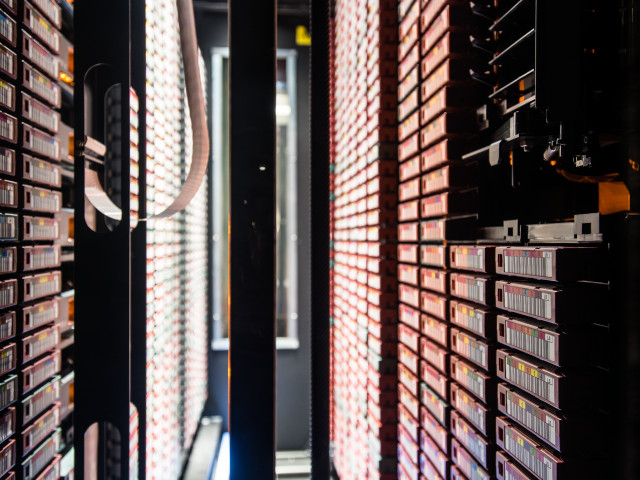- Binary arithmetics
- Logical operators and electronic gates
- Boolean algebra
- Be able to analyse and design combinatory systems
- Computer models: von Neuman and Harvard architecture, CISC and RISC
- The function of the micro computer on register level
- Signals of a micro computer
- Interrupt handling in hardware and software
- Parallel and serial interfaces
- Timers and other peripheral devices
- Program design
- Assembler programming
- Low level programming in C
HE1003 Digital and Micro Computer Technology 7.5 credits

Content and learning outcomes
Course contents
Intended learning outcomes
The aim of the course is to give knowledge in digital subsystems and a good knowledge about the design of embedded computer systems, their function, programming and applications.
After completing of this course students are to:
- be able to analyse and design combinatory systems
- be able to understand the design of a micro computer system
- be able to understand the function and use of peripheral devices
- be able to understand the communication between different units within a computer system
- be able to program a computer system in assembler as well as in high level language
- have good skills in using development tools for embedded systems
Literature and preparations
Specific prerequisites
General entrance requirements. - successful completion of upper secondary education, knowledge of Swedish and English.
Basic knowledge in digital electronics and basic knowledge in C programming
Recommended prerequisites
Equipment
Literature
Examination and completion
If the course is discontinued, students may request to be examined during the following two academic years.
Grading scale
Examination
- LAB1 - Laboratory Work, 4.5 credits, grading scale: A, B, C, D, E, FX, F
- TEN1 - Examination, 3.0 credits, grading scale: A, B, C, D, E, FX, F
Based on recommendation from KTH’s coordinator for disabilities, the examiner will decide how to adapt an examination for students with documented disability.
The examiner may apply another examination format when re-examining individual students.
Passed lab work
(LAB1, 4,5 cr. credit rate A/B/C/D/E/Fx/F)
Passed accounts/
Passed written exam
(TEN1, 3 cr. credit rate A/B/C/D/E/Fx/F)
Opportunity to complete the requirements via supplementary examination
Opportunity to raise an approved grade via renewed examination
Examiner
Ethical approach
- All members of a group are responsible for the group's work.
- In any assessment, every student shall honestly disclose any help received and sources used.
- In an oral assessment, every student shall be able to present and answer questions about the entire assignment and solution.